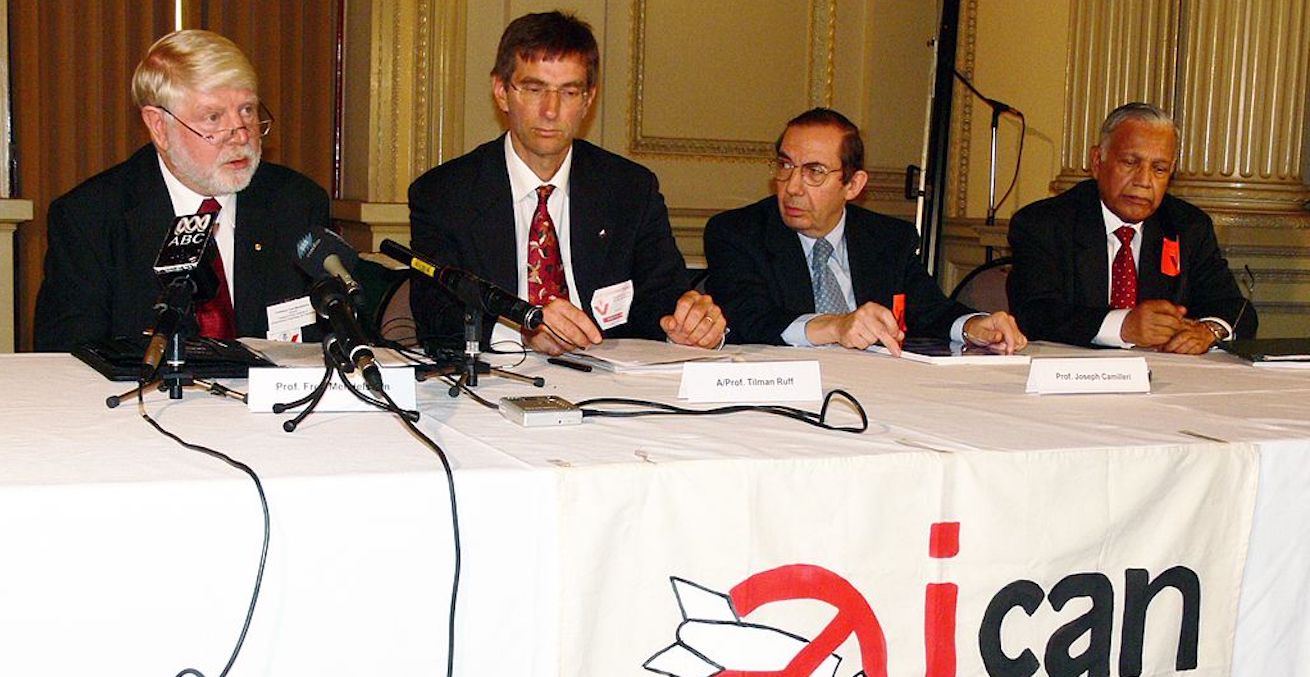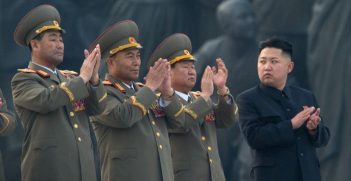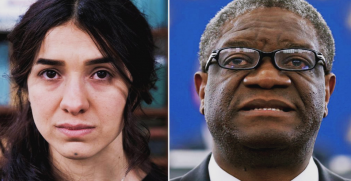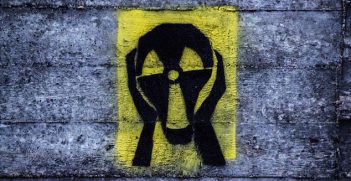The Nuclear Weapons Ban Treaty One Year On

The Treaty on the Prohibition of Nuclear Weapons filled a gaping hole in international law by declaring the last weapons of mass destruction illegal. On the first anniversary of its adoption, how is the treaty faring?
One year ago, on 7 July 2017 at the United Nations in New York, 122 nations took a historic step when they voted to adopt the Treaty on the Prohibition of Nuclear Weapons. The Treaty filled a gaping hole in international law, providing a comprehensive prohibition on the last weapons of mass destruction to be declared illegal; the only weapons that could not only end all of us, but deny future generations of our kind and many others a right to be born. So in the race to end nuclear weapons before they end us, how is the Treaty faring one year on?
When the Treaty opened for signature on 20 September 2017 in New York, there was a welcome rush to sign. Fifty states signed that day, three of them ratifying at the same time. We’re now up to 59 signatures and 11 ratifications, from diverse regions. The pace of ratifications has been faster than for any other multilateral treaty related to WMDs, such as the conventions banning biological and chemical weapons, the nuclear non-proliferation treaty, and the Comprehensive Test Ban Treaty.
Parliamentary, departmental and legislative processes towards joining the Treaty are well underway in many countries in Africa, Latin America, SE Asia and the Pacific. Recently Switzerland’s first chamber of parliament voted to join, and New Zealand’s Cabinet has decided to ratify. Last week the European Parliament reiterated its call for all 28 EU member states to sign and ratify the Treaty.
The world’s largest humanitarian organisation, the Red Cross/Red Crescent movement, has called “on all States to promptly sign, ratify or accede to, and faithfully implement the Treaty on the Prohibition of Nuclear Weapons”. The peak global bodies of doctors, nurses and public health professionals have urged the same. The significance of the Treaty was recognised in the awarding of the 2017 Nobel Peace Prize to the International Campaign to Abolish Nuclear Weapons (ICAN), “for its work to draw attention to the catastrophic humanitarian consequences of any use of nuclear weapons and for its ground-breaking efforts to achieve a treaty-based prohibition of such weapons”.
Yet none of the nuclear-armed states are fulfilling their legally-binding obligation to disarm. Some hopeful but uncertain developments in relation to North Korea notwithstanding, no disarmament negotiations are underway, and the nuclear-armed states are collectively investing over US$100 billion annually in refurbishing their weapons production complexes and modernising their nuclear weapons, making them more accurate and ‘usable’. They are deploying and exercising them more aggressively; increasing the range of circumstances in which they might be used; and justifying their indefinite possession.
The cold war is widely recognised to be resurgent, and earlier this year the hands of the Doomsday Clock were moved to 2 minutes to midnight, as far forward as they have ever been. As the impacts of climate disruption bite, new reports from both the UN Secretary-General and the World Bank document how in recent years the number of armed conflicts around the worldwide has risen sharply, and the number of people killed in armed conflict increased more than ten-fold since 2005. Escalation to nuclear war is a danger whenever nuclear armed-states become embroiled in conflicts. Burgeoning cyberwarfare capacities proliferate new risks. We constantly hear from the Australian government that the international security environment is not suitable for progress on disarmament. The Secretary-General makes clear how pursuit of disarmament is even more essential and urgent in a time of heightened tension and conflict.
Given the culpable recalcitrance of nuclear-armed states to date, and the unfortunate reality that states can’t eliminate weapons they don’t own, is the ban treaty making a difference? The evidence indicates it is, and its influence can be expected to grow as signatories and ratifications accrue, and it enters into legal force once 50 states have ratified – hopefully during 2019. Then a cycle of regular meetings of states parties to promote implementation will kick in, and states that have joined will need to incorporate their treaty commitments in domestic law.
Leaders of many states that wield nuclear weapons or assist in preparations for their possible use – including Australia – have stated categorically that they will never join this treaty. Yet the need for prohibition to be part of the legal architecture to achieve the world free of nuclear weapons that all states are legally bound to achieve, and claim they are committed to, is indisputable. And enshrining prohibition in an international treaty has been central to progress towards the elimination of every other type of indiscriminate and inhumane weapon – biological and chemical weapons, landmines and cluster munitions. Thus the Treaty provides a moment of truth. The lack of sincerity and commitment to disarmament of those that oppose it is now undeniably exposed.
The failure of both Mr Turnbull and Mr Shorten to congratulate ICAN for the first Nobel Peace Prize to an organisation founded in Australia – apart from being small-minded and mean-spirited – highlights their defensiveness. Their current bipartisan claims to support nuclear disarmament are rendered hollow by their equally bipartisan claim that US nuclear weapons are central to Australia’s security, and willingness to assist in preparations for their use that could lead to radioactive incineration of millions of people.
Even before the Treaty enters into force, responsible financial institutions are taking note. Since the treaty’s adoption, the Norwegian Pension Fund, the world’s largest sovereign wealth fund with assets over US$1 trillion, the largest Dutch pension fund ABP, Deutsche Bank, and major Belgian bank KBC have announced that they will exclude from their investments companies that produce nuclear weapons. Every responsible financial institution, many of which have already divested from makers of other banned weapons like landmines, should do the same.
In Australia, ANZ, CBA, Macquarie and Westpac between 2014 and October 2017, together made AUD$ 6.484 billion available to companies well-documented to profit from producing the worst of all weapons of mass destruction. They deserve and should expect increasing public stigma and pressure from concerned investors, and account-holders moving their money elsewhere.
Importantly with regard to Australia, a military alliance with a nuclear-armed state is entirely compatible with the Treaty, provided prohibited activities – related to nuclear weapons – are excluded. A number of US allies are among the Treaty’s strongest supporters and earliest signatories, such as New Zealand, Thailand and the Philippines. They have confirmed in the real world that support for the Treaty can go alongside non-nuclear military collaboration with the US. Australia must eventually get on the right side of history and join this Treaty, as we’ve joined every other treaty prohibiting unacceptable weapons, if our claims to support not only nuclear disarmament, but the international rule of law, building global security, and the United Nations mean anything. We should cut our losses, stop being part of the problem of the world’s worst weapons and become part of the solution, and join the Treaty forthwith.
Associate Professor Tilman Ruff AM is co-founder and founding chair of the International Campaign to Abolish Nuclear Weapons which received the Nobel Peace Prize in 2017.
This article was also published in Pearls and Irritations on 12 July 2018.





